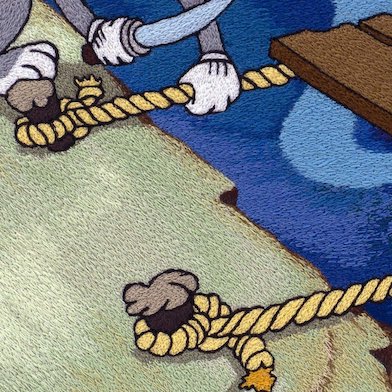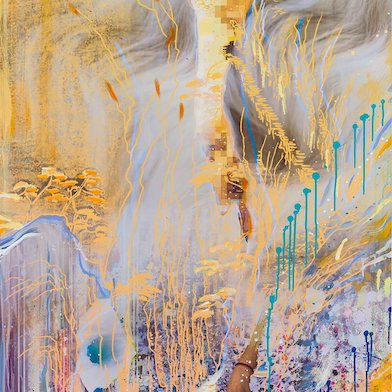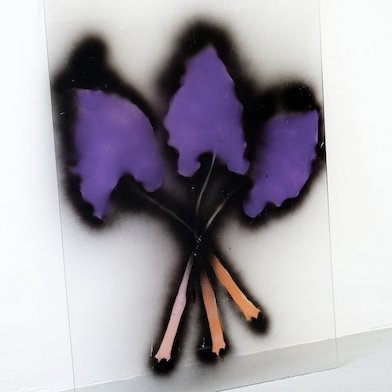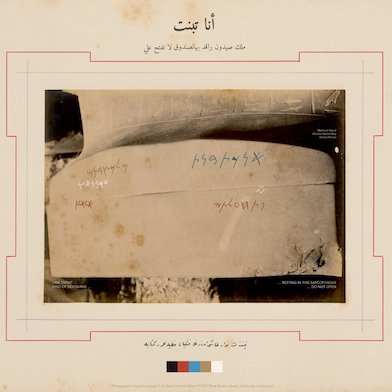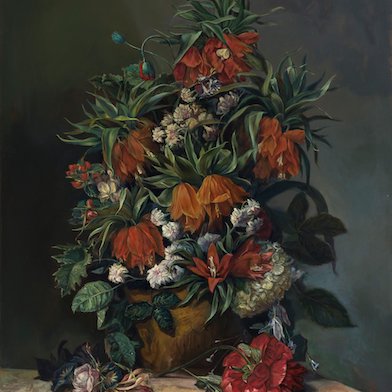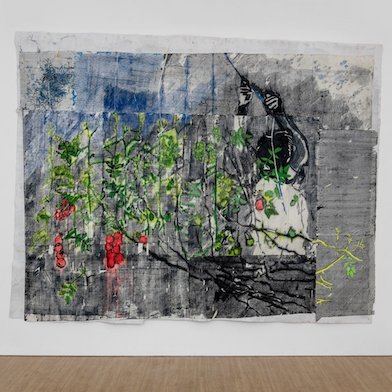Open: Sat 11am-6pm or by appointment
Visit
Peter Buggenhout
Axel Vervoordt Gallery, Antwerp
Sat 30 Nov 2019 to Sat 22 Feb 2020
Stokerijstraat 19, 2110 Wijnegem Peter Buggenhout
Sat 11am-6pm or by appointment
Artist: Peter Buggenhout
Peter Buggenhout (born in Dendermonde in 1963, lives in Ghent) is considered one of Belgium’s most unique and radical sculptors. The galleries Axel Vervoordt in Wijnegem and Konrad Fischer in Düsseldorf jointly present the two-part exhibition “ … use menace, use prayer …”, showing his latest sculptural work including the new series Mute Witness.

Peter Buggenhout’s highly artificial creations are irresistibly fascinating for the beholder. The mere size and variety of the surfaces and materials is impressive and makes viewing the works demanding. But they awaken not just a pleasant sense of curiosity. Although the objects are elaborately produced artifacts, there are saturated with illusionary moments of transience and decay that in their seriousness refer to representations of vanitas in terms of art history. In their emotionality, the physically palpable experience is like an experience of nature. The exhibition title "... use menace, use prayer ..." quotes a passage that the French writer Jean Genet placed in the mouth of a person condemned to death in his poem “Le Condamné à mort" from 1942. Buggenhout thus returns to the ambivalence of a sense of threat and the sublime, aesthetic categories that emerged during romantic period while experiencing landscapes. The age of overpowering nature has given way to a new era, today it can no longer be naively seen as an aesthetic place of retreat.
Buggenhout’s assemblages and installations become suddenly legible as dark moments of a constantly changing repetition, that as in nature could also take place in human culture and civilization. Both exhibitions present several series of works. Buggenhout works systematically and over the long term on several consistent series that are best identified by the materials used. They are impossible to describe exhaustively in formal terms due to their amorphous complexity. Their titles are each taken from parables, myths, or motifs in which perception is delayed, negated, or mirrored. Different ways of reading the world illustrate the tense relationship between the visible and the utterable, and ultimately between the artwork and the word.
The Blind Leading the Blind collects materials pieces where dense layers of dust are applied and fixed on. A fur-like brown in shaded nuances shapes all surfaces of the amorphous monochromatic creations in this series. They can hang on the wall, lie on the floor and grow into expansive sculptural tableaus, but they can also be staged in glass cases and on steel tables like exotic museum exhibits. The Blind Leading the Blind refers to a mannerist painting by Pieter Bruegel the Elder. The individual figures, executing grotesque gestures, initially seem to be without direction. Only on closer examination does the meaning and logic of a continuous process become visible. The aesthetic experience that complexity demands intense observation is a prerequisite for this series in particular.
The sculptures in the series Gorgo consist of fabric, horse hair, and black animal blood. The inclusion of material of animal origin refers to the existential tension of being between fragility and constant change. The Gorgo (Gorgon) is a horror-figure from the myth of Medusa. Her snake covered head in ancient art was supposed to protect by making an unbearable reality visible in reflection. This series in particular can be linked to the term “abject,” what the body has excreted, discarded, and suppressed that in our reality appears horrific, but in profound psychological terms still has an impact and an influence.
In Mont Ventoux and On Hold, Buggenhout also found a programmatic titles, referring to the very first description of a mountain climb, written by Petrarch in 1336. At the apex of Mount Ventoux, he cast his glance across the nature that had been overcome, pulled out his copy of St. Augustine and began reading about the sins of visual desire. The epochal link of aesthetic and contemplative views, triggered by this new experience of the world, is also reflected in this group. Buggenhout amplifies the sensory impressions using various materials, forms, colors, and surfaces: bleached animal guts, painted and raw artificial materials, cardboard, metals and wood form open and block-like complexes that offer new views from every perspective. Since these groups in particular demand to be viewed while moving, Buggenhout created for the mid-sized format Mont Ventoux pieces plinths. As part of the artwork, they appeal to the beholder to explore the variety of the world in miniature by walking around the work in the alternation of silhouettes and individual shapes.
For the first time in Europe, the artist presents the series Mute Witness: wall objects that approach three-dimensional images in a refined way, since only the textile outside can be recognized, and that have something surprisingly narrative about them. Whether something happened beneath the draped cover might well trigger the imagination of the beholder even more than other sculptural events created by Buggenhout. But as the title says, this witness remains mute.
In terms of art history, Buggenhout developed his sculptural work from post-minimalism, overcoming an essentialist understanding of art. Minimal art sought to reach a final point by using industrial forms of production, materials, and surfaces that present themselves as hermetically sealed and adapt spatially to architecture. Despite thematic and geometric reduction, minimalism was shaped by a great deal of theatricality and consciousness of form; despite all the contrasts, this links Buggenhout’s work to this important historical position. But minimal art differs in its hermetic self-referentiality, accompanied by loquacious theoretical pronouncements. For Buggenhout creates an oeuvre that is highly suggestive in which a nameless world of destructive and yet creative potential emerges. As he put it, “The world becomes brutally present when deprived of the comforting words that grant us the illusion of understanding that which surrounds us. My work is brutally present and I give no credence to words. (They play games with us)".
Peter Buggenhout’s solo show „… use menace, use prayer … (part I)“ will be displayed until January 10, 2020 at Konrad Fischer Galerie in Dusseldorf.
Text written by Michael Krajewski.
